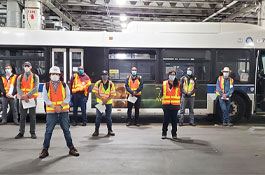
Réseau express métropolitain
Montreal's light rail transit system
CDPQ Infra | Montréal, Québec, Canada | 2016 – 2027
4th-largest automatedtransportation
26 new stationsand67 kmof new tracks
First fully automatedelectric transportation network
Québec's largest public transit projectin 50 years.
Challenges
- The Réseau express métropolitain (REM) project is the first project of its kind carried out by the Caisse de dépôt et placement Infra (CDPQ Infra). It is Québec’s largest public transit project in fifty years.
- REM will offer frequent, reliable urban transit service 20 hours a day, 7 days a week to improve quality of life for citizens and promote economic development in Greater Montréal.
- REM’s fully automated (GOA4), 100% electric light metro will have 26 stations and 67 km of tracks across Greater Montréal. REM will be fully integrated with existing transport lines and must be built to withstand Canadian winters.
- Detailed project compatibility analysis in terms of Montreal’s urban planning and existing transportation networks to plan out track placement, station locations, train design, and landscape architecture.
- Due diligence environmental impact study to respond to the needs of the client and stakeholders’ concerns about financing and implementing the project and conserving environmentally vulnerable natural areas.
- Reconceptualization of work in February 2020 to adjust for health and safety standards and government directives for the COVID-19 pandemic.
- The discovery of explosive material in Mount Royal Tunnel, leftover from the original construction a century ago, made work come to a halt on July 20, 2020.
- Implementation of new technology.
索尔utions
- An environmental impact study addressing local stakeholders’ concerns and conducted according to the specifications of the Ministère de l’Environnement, completed in a record time of six months.
- Conservation measures integrated into the project to protect vulnerable natural environments. The environmental study informed the environmental technical specifications for bids on the project, valued at $6 billion.
- CDPQ Infra chose Hatch and CIMA (CCH) as owner’s engineers to conduct the project’s preliminary studies and environmental study, restore Mount Royal Tunnel, and oversee preliminary conceptual design, implementation monitoring, technical support, site supervision, procurement of related projects, project control and monitoring.
- Adaptation to CNESST standards for work in the downtown core, with excavation, drilling, and other tasks performed using remote-controlled equipment.
- On-site studies and tests to identify stray current leakage and corrective measures conducted with the latest technology, developed by Hatch.
- Support provided to CDPQ Infra and contractors, NouvLR and GPMM, to manage complex challenges, especially related to work in a densely populated urban area. To maintain health and safety standards on-site, CCH conducted OHS audits, quality assurance audits and safety walks, addressed non-compliance, supported acceptance of CDPQ Infra and third-party work, monitored timelines and supply chain cost containment, conducted environmental audits, implemented conservation measures, and supported noise mitigation and water management.
Highlights
- Sequential demolition approach to install vault tubes above the existing double arch in Mount Royal Tunnel, with demolition and replacement conducted in twelve sequences while respecting maximum surface settlement values and staying on budget.
- An innovative approach to emergency plan deployment and remote work management, both to comply with CNESST safety requirements for the Mount Royal Tunnel section and respond to the pandemic.
- Demolition of the south section of Mount Royal Tunnel completed 102 days ahead of schedule by analyzing site-specific conditions and applying lessons learned from previous sequences.
- Preservation of heritage archaeological sites, natural wetlands, minimization of impact on aquatic, agricultural, and forest environments based on the Ministère de l’Environnement du Québec-approved environmental study.
- Project design incorporated a serious study of potential impacts on surrounding communities to reduce disturbances during construction work. Security concerns and constraints occasioned multiple adaptations in decision-making.Project design incorporated a serious study of potential impacts on surrounding communities to reduce disturbances during construction work. Security concerns and constraints occasioned multiple adaptations in decision-making.
- The first departures took place on July 31, 2023, between the Brossard and Gare Centrale stations. The Anse-à-l’Orme and Deux-Montagnes routes will be commissioned in late 2024. The Montreal Airport route is scheduled to be commissioned in 2027.
26new light metro stations across Greater Montréal.
67km of new tracks.
Mount Royal Tunnel used continuously since it was built100years ago.
92m of tunnel to replace and 290 m to restore.
Sequential Demolition Method: an innovative approach using12demolition sequences.
Departures every3minutes and45seconds during rush hour and every 7 minutes and 30 seconds during off-peak hours, beginning July 2023.
Capacity of780people per departure.
Up to42,000大调的人ing rush hour (6:00 a.m. to 9:00 a.m.).
Édouard-Montpetit station is the second-deepest station in North America (70m).
The Alice tunnel boring machine, used in the airport route, drilled2.5km of the tunnel, installed 10,115 segmental linings, and excavated more than10,000m3of soil.
How we can help you
Related Projects
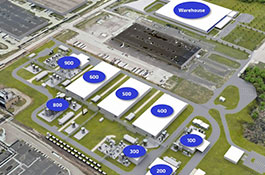
Rochester, New York, USA
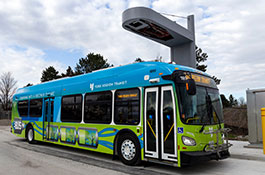
York, Ontario, Canada
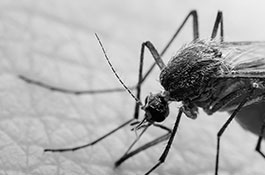
Brazil & Colombia

Minneapolis, MN, USA
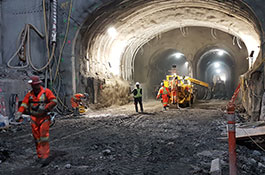
Montreal, Quebec, Canada
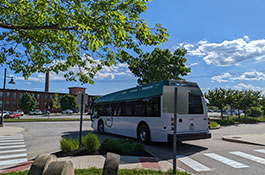
Maine, USA
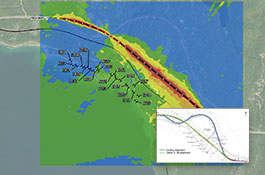
Hewitson Creek, Ontario
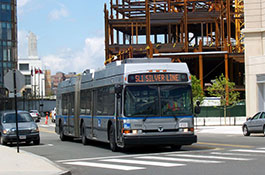
Boston, Massachusetts, USA
See All


